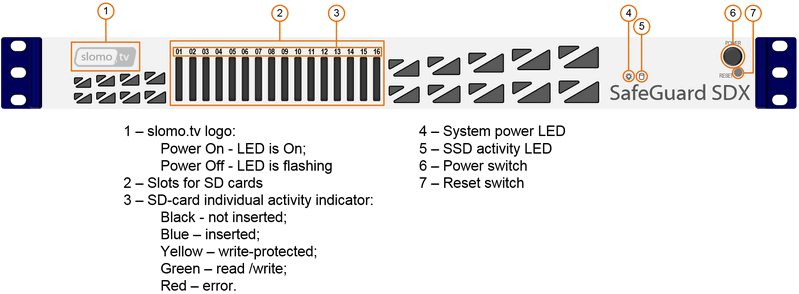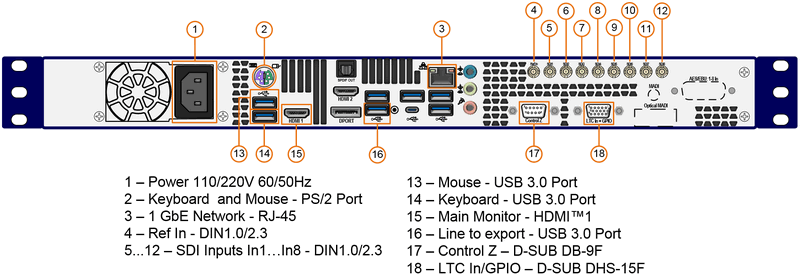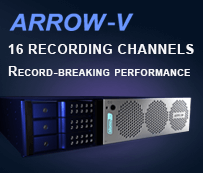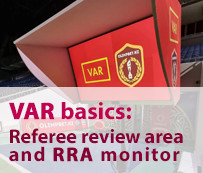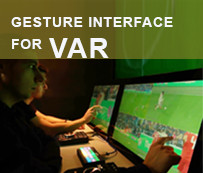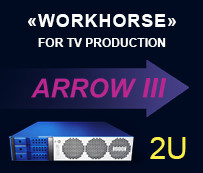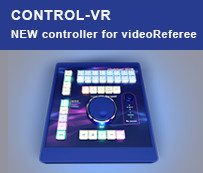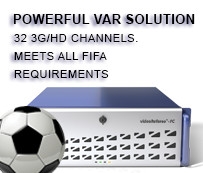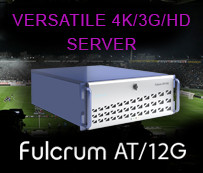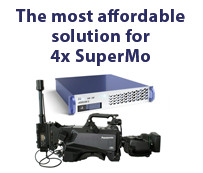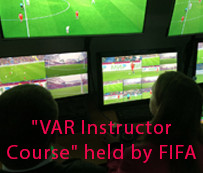Quality, flexibility, compact size and low price!
The two-year operation of Safeguard server gave us information that helped improve the product and extend its functionality. Initially Safeguard was intended for backup recording, in case of problems with the main recording devices.
However user experience has shown us that it was used simply as eight-channel recording device for exporting recorded material for NLE. The users have expressed the need of getting NLE files immediately after recording. Another popular wish was to have a compact low-cost carrier in the form of SD-cards, which in the last years showed increased performance, capacity and sharp decline in prices.
All this led to the idea of replacing the iframe DCT codec, used for recording video in Safeguard, for MPEG Long GOP codec. We selected popular standard H.264 codec. This solution dramatically reduced the amount of disk space required for video recording
All these changes have helped to create a separate new product –SDX.
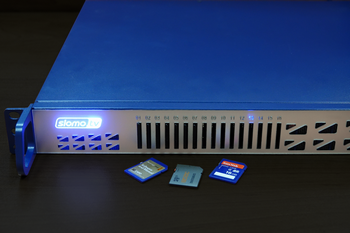
The basic ideas underlying SDX:
- Record video files on SD cards;
- Use H.264 code;
- Record to internal SSD for export (inherited from Safeguard;
- Record to NAS via 1GbE interface;
- Use of widespread industry codec XDCAM35.
The server records up to 8 audio channels for each channel of video.
Available USB 3.0 interface provides high-speed export of recorded material to external drive.
As all professional equipment, SDX has an LTC input. This is a must for sharing the recorded video with other equipment. Recorded on SDX video files contain a built-in time code that can be used for synchronization with audio and video channels, recorded by other equipment.
Another extremely useful feature - a built-in multiviewer (MV). MV can be displayed on a separate screen for controlling all incoming signals or, using a single monitor, switched to by Multiskin function from the main interface.
Models
- SDX-4 – for working with 4 channels;
- SDX – for working with 8 channels.
Chassis
1U chassis with 16 SD card slots on the front panel.
Connections of video signals and interfaces are on the back panel.
Usage Scenarios
The combination of recording on SD-cards, built-in SSD disk array and the availability of interface for NAS gives the user a variety of usage scenarios:
- Write each channel on a separate card using 8 SD cards.
- Record each channel on 2 cards, using 16 SD cards. This creates 2 sets of cards for NLE and insures the recording regardless of the quality of the card.
- Record up to 18 hours per channel just using internal SSD storage. After that you can, for example, export the Program channel to all 16 memory cards or export only selected channels to the desired number of cards. Also the ability of marking the video after recording allows the user to export only clips.
This unique capability differentiates SDX from all other SD-card recorders, which do not provide export. The user can only copy the recorded content from CD-card.
Availability 1GbE interface makes it also possible to record the video on NAS.
The ability to select a combination of sources and cards for recording allows another scenario. For example, the PRG is being written on 9 SD cards, and the remaining 7 cards record cameras. In this case, the user immediately after the event can distribute the SD cards with the Program and keeps the cards with PEG and cameras for creating a better (edited) version of the event.



